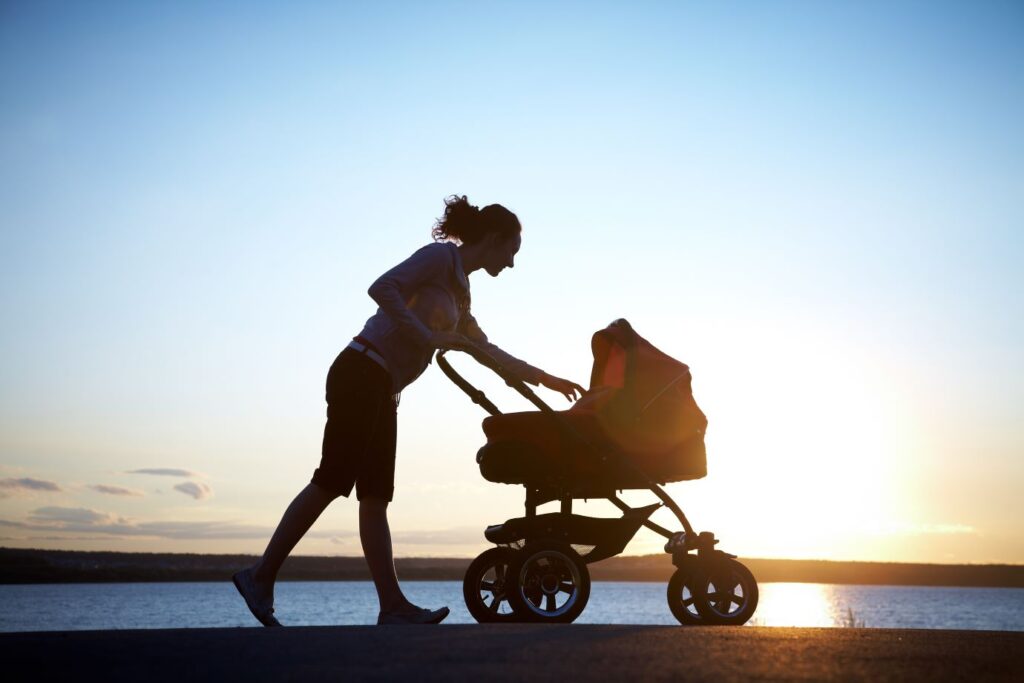Population scientists, policymakers and politicians are worried about the new data from the Australian Bureau of Statistics showing we are experiencing one of the lowest fertility rates in history. The predicted average rate is 1.6 babies for each woman, lower than the international average of 2.3.
Why are women having fewer babies in many countries around the world? How did we get to this point in Australia, and why does it matter?
Why are women having fewer babies?
Australian women are not unique in choosing to have fewer babies, or choosing not to have children. International studies have shown that a range of factors impact the number of babies women have.
1. When women are better educated, they generally have fewer babies. This can be because they spend longer training for certain professions, potentially delaying their first child. They often want to use these skills, building their career and economic security before having children.
2. In countries where there is easier access to contraceptives and effective family planning programs, the fertility rate goes down. Delaying having children often means women have fewer babies, and the likelihood that they have problems conceiving.
These first two reasons seem to be true for most regions, except for some European countries.
3. The impact of religion, gender roles and the way the society and economy are developing impact fertility rates. The stronger the role of religion and traditional gender roles are in a society, the higher the fertility rate. Similarly, poorer countries generally have higher rates.
Australia’s predicted baby drought: How did we get here?
Australia has followed the trends of other wealthy nations in improving the education of women and increasing the access to contraception and family planning. Additionally, gender roles are slowly changing and the impact of religion on family planning for most women is declining.
However, there are exceptions. Indigenous families and some CALD families have had higher rates of birth than other families in previous years. For example, Indigenous families have 2.35 babies per woman.
Other reasons women are choosing to have fewer babies in Australia. Some of these include:
a) The cost of living crisis impacted by a slow energy transition, rising fuel costs, price gouging, and rate and rent rises.
b) Inadequate and unaffordable housing caused by decades of poor policies and political inaction.
c) Environmental fears caused by increasingly frequent and severe climate emergencies. Some women fear contributing to environmental stressors by having more babies.
d) Lack of affordable early learning and care (especially in regional, rural, remote (RRR) and low SES metro areas) caused by not adopting universal childcare policies.
e) Inadequate access to social service systems due to automated systems that increase the disadvantage for women, and RRR, Indigenous and CALD families.
f) Lack of access to physical and mental health services, especially in RRR communities.
g) Unfair pay and overwork for women in the feminised care industries caused by not valuing the cost of caring.
h) Increased HECS debts due to sexist policies meaning women’s debts increase with indexation when they take time out of the workforce.
i) Rejection of gender norms due to changes in social attitudes, with women taking control of their own lives, bodies and stories.
j) Women still carrying the burden of child rearing, household responsibilities and the mental load of the household. Despite this, women are generally still contributing to household income. This leads to exhaustion and burnout.
Why does it matter?
Politicians and policy makers are worried, because fewer babies in a society can cause problems for future generations. Our current systems and policies are designed with population growth in mind. Changing these would not be easy and will take time.
Additionally, younger people are required in the workforce to pay taxes and provide services and care to support older generations. Fewer babies means fewer workers in all industries, so governments are exploring ways to increase migration.
For those in regional, rural and remote communities, fewer babies can mean a further reduction in businesses, and educational, physical and mental health, and social services. Without the support of early childhood services, raising children in these communities is very challenging and can cause families to leave.
So, what can be done? We need a radical change to how women and families are supported when they decide to have a child. If a wide range of women from diverse settings help to co-create the services and systems that they will use when having babies and raising children, then the systems will be more effective.
Many of the policies, services and systems that are responsible for the low birth rate were not intended to harm women. However, because women who use these services, and those from diverse communities and settings were not part of the design and creation process, they further disadvantage them. Can politicians and policy makers dare to be different?


